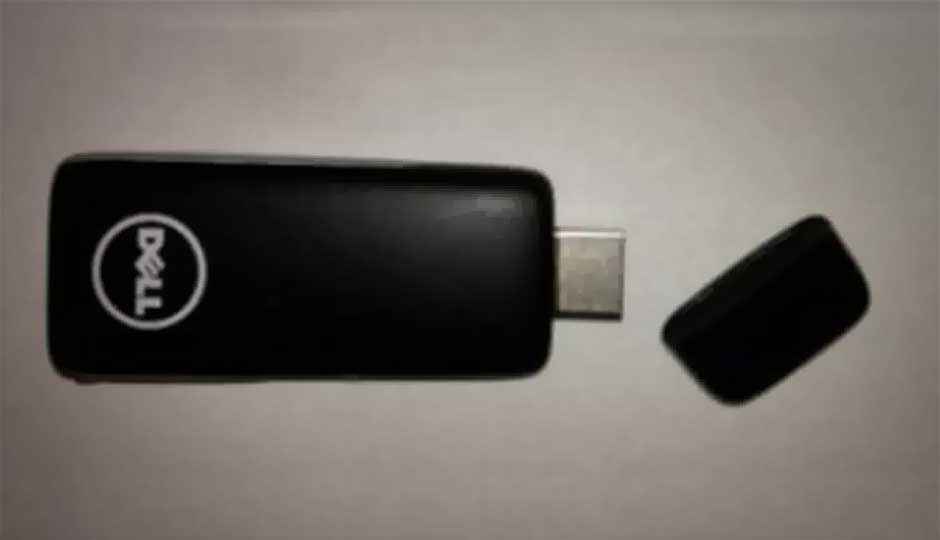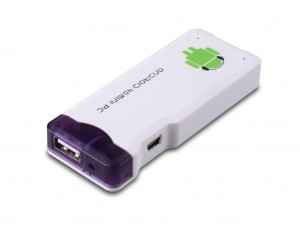Dell readies for a post-PC future with Android-powered stick computers
The idea is something of a chimera between existing PC-on-a-stick solutions such as MK802 and content-streaming solutions like the now defunct OnLive.

It’s alright, Dell; many of us can sympathize. We’ve all spent a few years languid and complacent, perhaps with an easy partner or two, nothing too challenging or potentially explosive. You do what you know how to do, and you do it well enough, but there’s little experimentation or real forward movement. It feels fine at the time, just coasting, but then you one day wake up and realize: for the sake of both inspiration and survival, it’s time for something new.
 Survey
SurveyDell has managed to stir up a bit of investor enthusiasm with their new and allegedly buyout-positive worldview, but changes on the back end are just the beginning. Dell wants to avoid the fast-approaching desktopolypse altogether, to be gone before the storm of tablet sales truly hits. As they cast about for their new direction, the first in what is sure to be a long series of interesting possibilities is Project Ophelia, the first major corporate foray into the field of Android-powered stick computers. And it starts at $50.
The idea is something of a chimera between existing PC-on-a-stick solutions such as MK802 and content-streaming solutions like the now defunct OnLive. The device would contain enough internal computing hardware to handle high-definition video encoding and decoding, and will run Android for internal tasks, but the majority of the work will be offloaded to cloud-based servers – including the operating system itself.
MK802One of Dell’s biggest bragging points for Ophelia is its projected ability to stream a OS X, Windows, Linux, or Chrome OS interface, as the user prefers. The whole thing would be handled remotely, making the Ophelia stick more a portal than a computer. It powers up when plugged in to a display or computer via its HDMI or USB ports, then immediately connects to any open WiFi networks to begin its activities.
As a result, the functions found for the other recent small form-factor computers, like the Raspberry Pi, are likely unattainable; we don’t want a dozen little bandwidth-users running at all times, nor could you trust your home functions to a computer that ceases to exist when network connectivity breaks down.
The real question generated by this announcement is: how will Dell make its money if they are selling $50 MHL devices instead of much more expensive computers? Dell’s VP Cloud Operations recently bragged that, even at just $50, “I’m still making 50 percent gross margin!” but that’s hardly a long-term corporate strategy. The company has a large display business, which fits well with screenless computers, but I wonder if the large-screen desktop monitor will end up being popular as a viewport for Ophelia — portable screens and televisions seem more likely.
As a result, it seems like an unavoidable conclusion that the Ophelia announcement is really yet another large corporate head-fake toward the role of service provider. Should Project Ophelia go forward in a big way, the money-making could very well come from subscription fees. That is one real gamble with Ophelia: assuming the service works as stated, how willing are people to pay monthly to access to their own computer, even if it is down through Dell’s Wyse service? The low price of entry is certainly enticing — but how might that price look after a year of payments? After three?
If nothing else, it’s nice to see companies looking ahead of the curve, especially ones that have such a history of riding it.
Now read: Dell needs a better business strategy not a buyout
